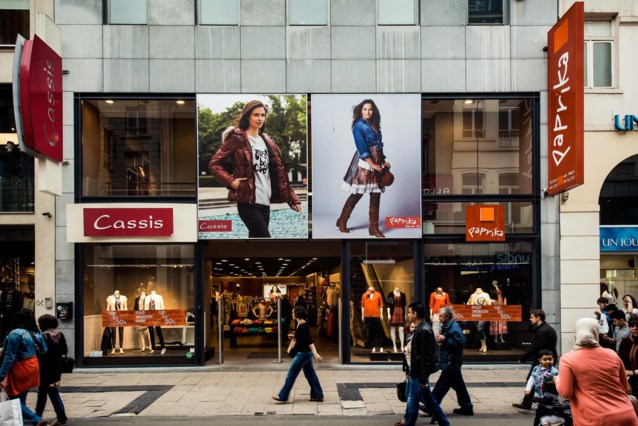The Italian wine industry is facing significant challenges that are threatening its competitiveness and potentially long-term effects on related industries. Luca Rigotti, President of the Wine sector of Confcooperative, has identified high costs of capital and rising raw material costs as major issues affecting the sector. These factors, coupled with inflation and reduced spending power of families, are negatively impacting wine consumption.
A Censis study presented at a press conference revealed the global logistics crisis that has led to supply chain disruptions for raw materials and increased prices for products such as wooden packaging, cork, and glass bottles. Additionally, the slowdown in exports and Suez Canal crisis have had a negative impact on the Italian wine sector. While exports to Europe have shown positive growth, other regions like Africa, America, and Asia have experienced a decline in demand for Italian wines.
Despite these challenges, there has been an overall positive trend in wine exports over the years with significant growth in values exported to different regions. However, recent slowdowns in exports and global logistics crises have presented a more critical scenario for Italian wine exports. Despite these challenges, the Italian wine sector is working hard to navigate through this difficult economic situation while maintaining its competitiveness in the global market.
The high cost of money is one of the main issues affecting the Italian wine sector’s competitiveness. Rising raw material costs are another factor that has become increasingly challenging for companies operating in this industry. The Censis study revealed that global logistics crises have led to supply chain disruptions for raw materials and increased prices for products like wooden packaging, cork, and glass bottles.
Inflation is also having a negative impact on consumer purchasing power which affects wine consumption. Reduced spending capacity of families further exacerbates this issue.
While there has been some positive growth in values exported to different regions over the years, recent slowdowns in exports have created a more critical scenario for Italian wine exporters.
The Suez Canal crisis also had an adverse effect on Italy’s wine industry by disrupting shipping routes and increasing transportation costs.
Despite these challenges, Italian winemakers are determined to maintain their competitiveness in the global market by finding innovative solutions to overcome obstacles such as high costs of capital and rising raw material costs.


